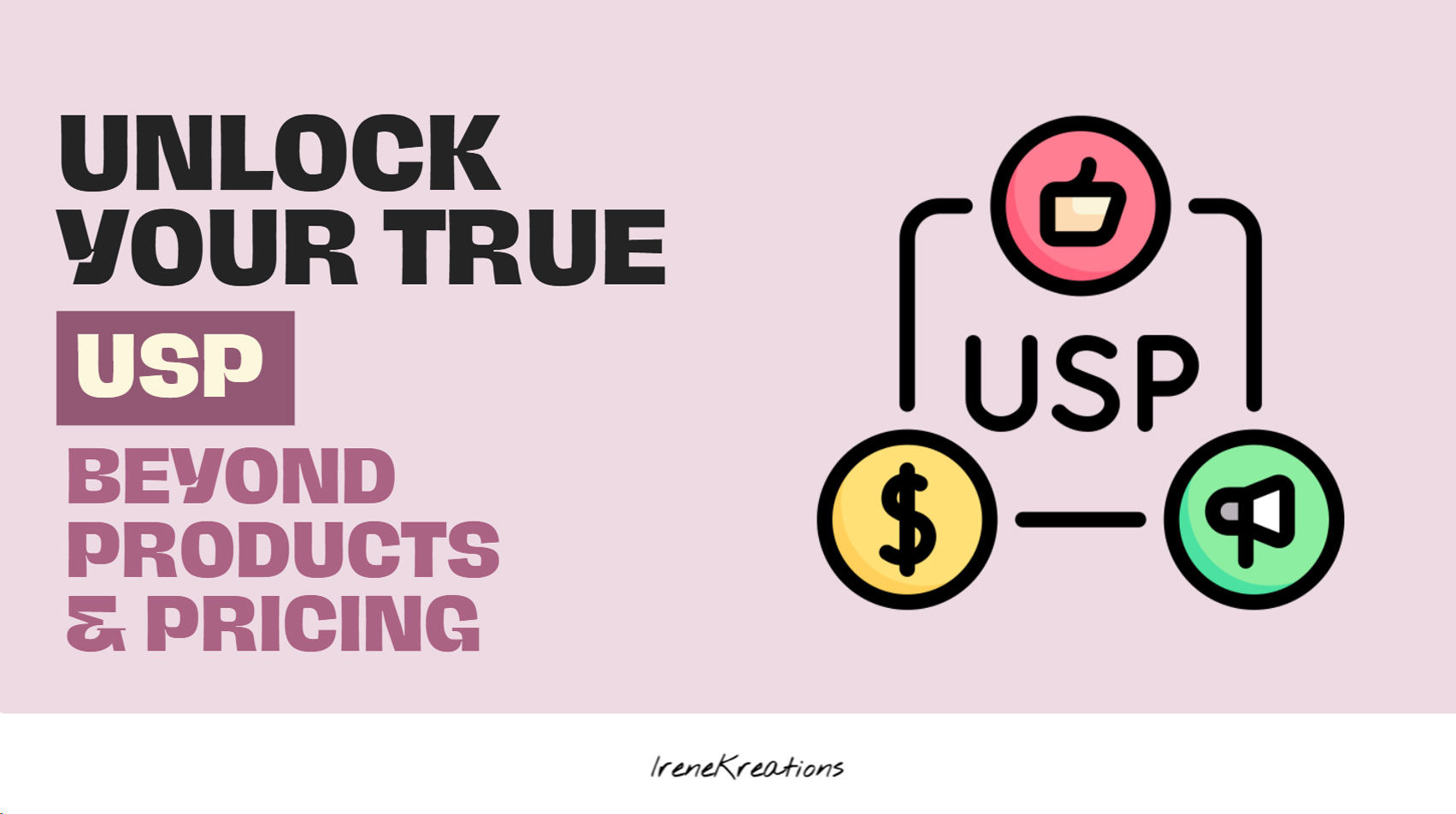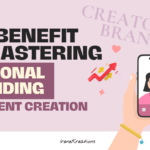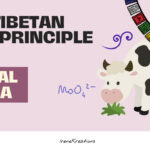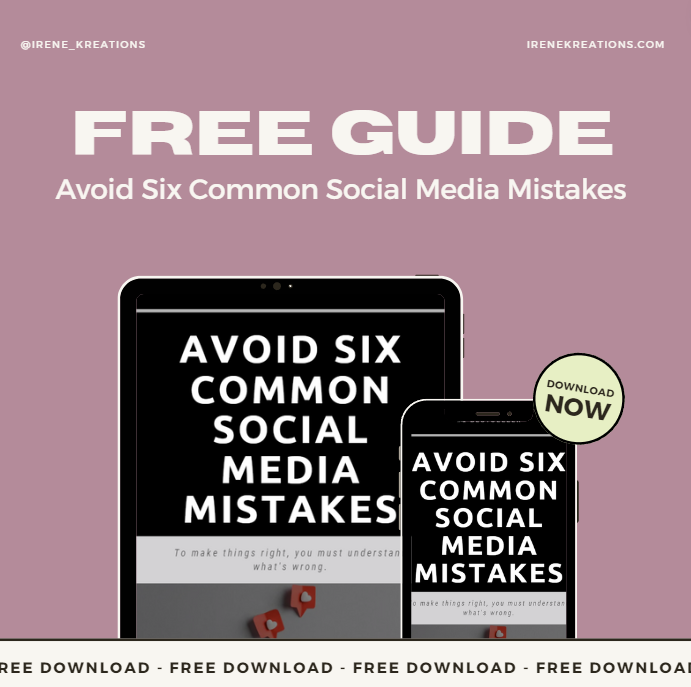Many businesses struggle with social media marketing and paid ads, eventually abandoning them altogether. They assume the platforms don’t work or that advertising is a waste of money. But the real reason? A lack of strategy and an unclear Unique Selling Proposition (USP).
Most businesses define their USP around what they sell, their ingredients/supplies, or their pricing. But the strongest USPs are built on emotions, transformation, and experiences. Without understanding this, even the best marketing tools will fail. Here’s how you can uncover your true USP and build a brand that connects and converts.
1. What Problem Do You Solve on a Deeper Level?
Think beyond the surface-level issue. Ask yourself:
- What frustrations or emotions do your customers face before coming to you?
- How does their life improve after using your product or service?
Example: A financial advisory firm isn’t just selling investment plans. They’re providing financial security, peace of mind, and a sense of control over the future.
2. What Makes Your Brand’s Experience Unique?
It’s not just about what you offer, but how customers feel interacting with your brand. Ask yourself:
- Is your brand comforting, exciting, luxurious, or nostalgic?
- How do customers describe your business when recommending it?
Example: A bookstore café isn’t just selling books—it’s creating a cozy retreat where people can escape their daily routine and rediscover their love for reading.
3. Why Do You Do What You Do? (Your Brand’s Purpose & Values)
People connect with brands that stand for something.
- Why did you start your business?
- What personal beliefs or experiences shaped your brand?
Example: A sustainable fashion brand isn’t just about trendy clothes; it’s about ethical production, reducing waste, and making fashion choices that align with conscious consumer values.
4. What Transformation Do You Offer?
Your true USP isn’t what you sell—it’s the before-and-after effect you create.
- What identity shift do your customers experience?
- How do they feel when they use your product/service?
Example: A career coaching service doesn’t just offer job search tips—they help professionals transition from feeling stuck to feeling empowered and confident in their next career move.
How to Craft Your USP Statement
- Identify the problem you solve emotionally.
- Highlight the unique experience you create.
- Connect it to the transformation you provide.
Formula:
“We help [customer type] who struggle with [deeper problem] by providing [unique experience] that leads to [emotional transformation].”
Example:
“We help young professionals who feel lost in their careers by offering personalized career coaching that transforms uncertainty into clarity and confidence.”
Why This Matters Before Any Marketing Campaign
If your marketing campaign is built on a weak or surface-level USP, your audience won’t feel emotionally connected. You’ll struggle to get engagement, conversions, and brand loyalty.
Brands that understand their deeper USP—like Airbnb’s promise of belonging, Nike’s empowerment through movement, or Apple’s innovation-driven lifestyle—stand out because they sell an emotion, not just a product.
Before you spend another dollar on ads or social media content, take the time to define your USP beyond just products and pricing. Your business isn’t just about what you sell—it’s about the impact you create. And that’s what truly sells.
✧⭒✦✧⭒✦◇ Ready to Level Up Your Socials? ✦⭒✧✦⭒✧
Still struggling with messy marketing or feel lost on social media? It’s time to change that. Dive into IreneKreations’ Recommended Social Marketing E-Books — a curated library filled with FREE and premium guides crafted for business owners who want real, lasting results.

From social media to content strategy and branding, these resources are your shortcut to making marketing finally make sense (and work).
Instant access. Powerful strategies. Business-ready results.








